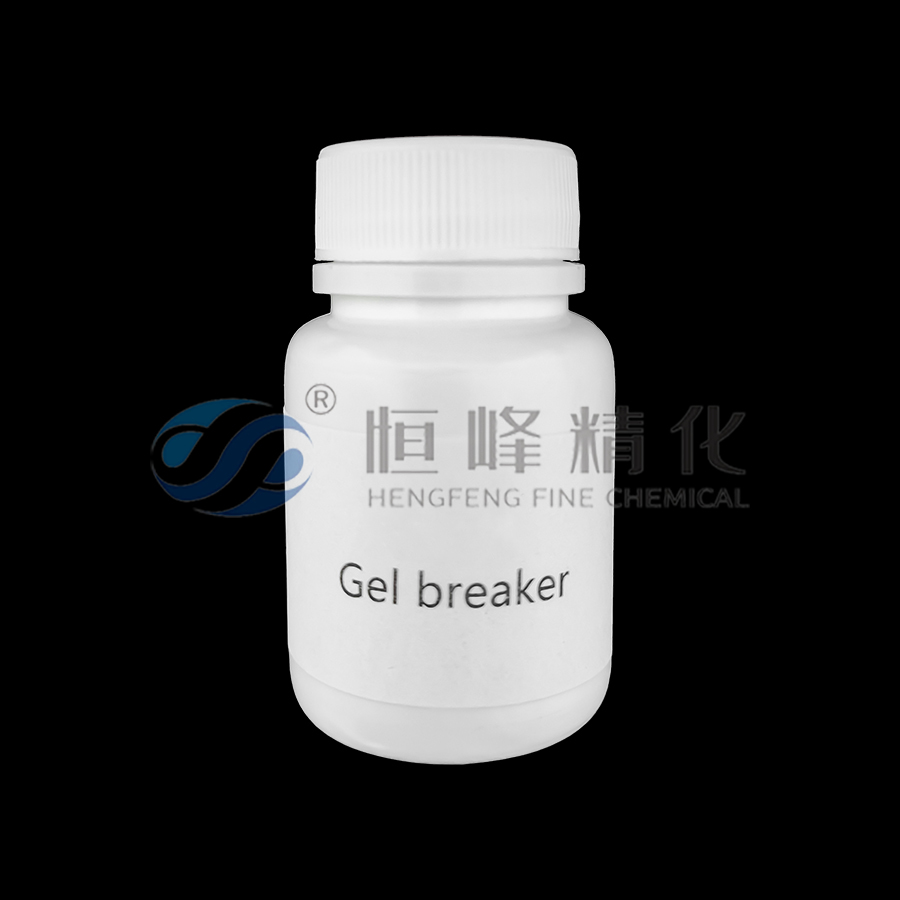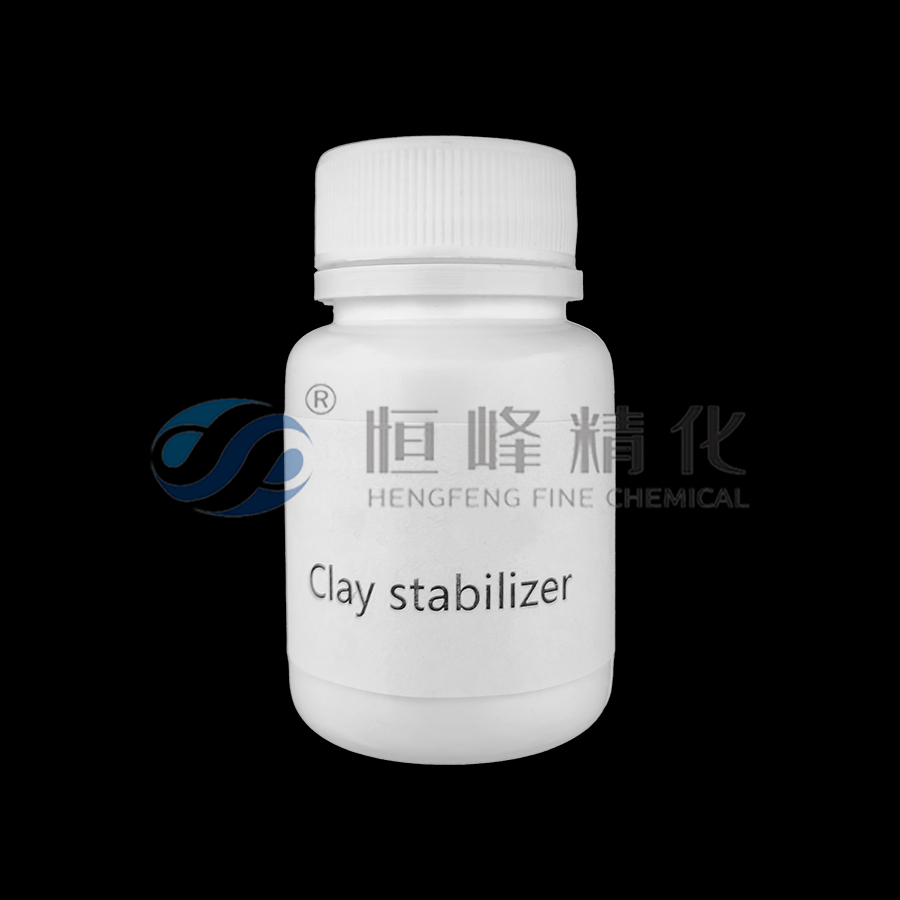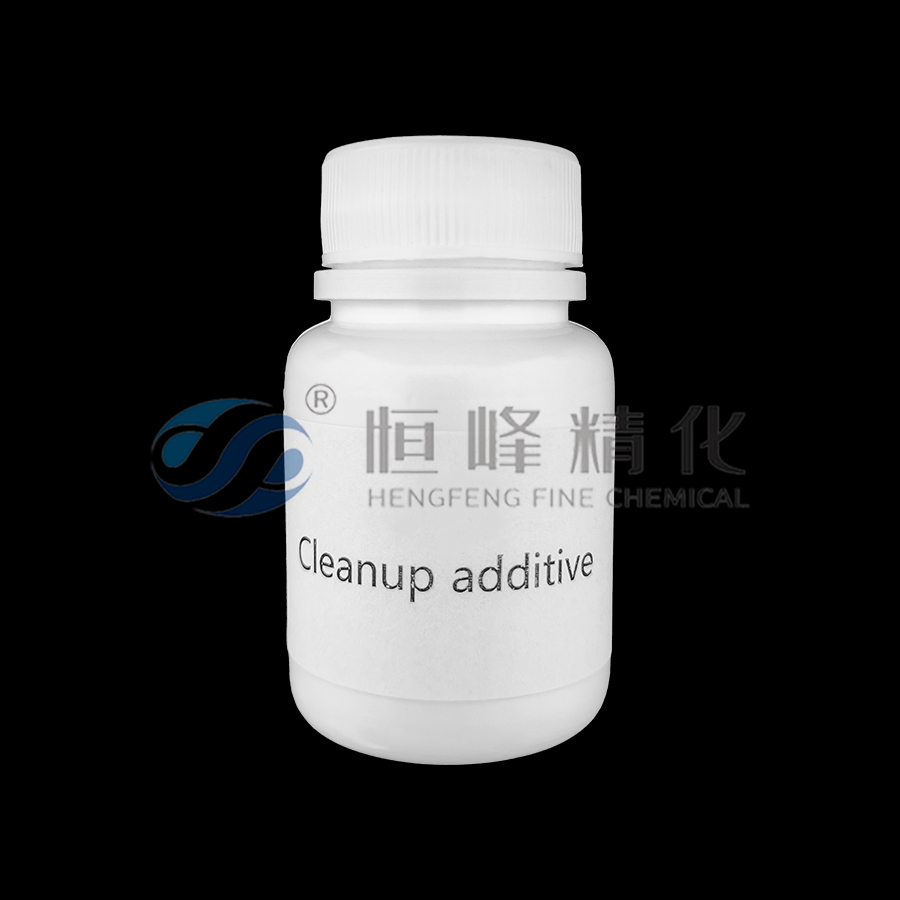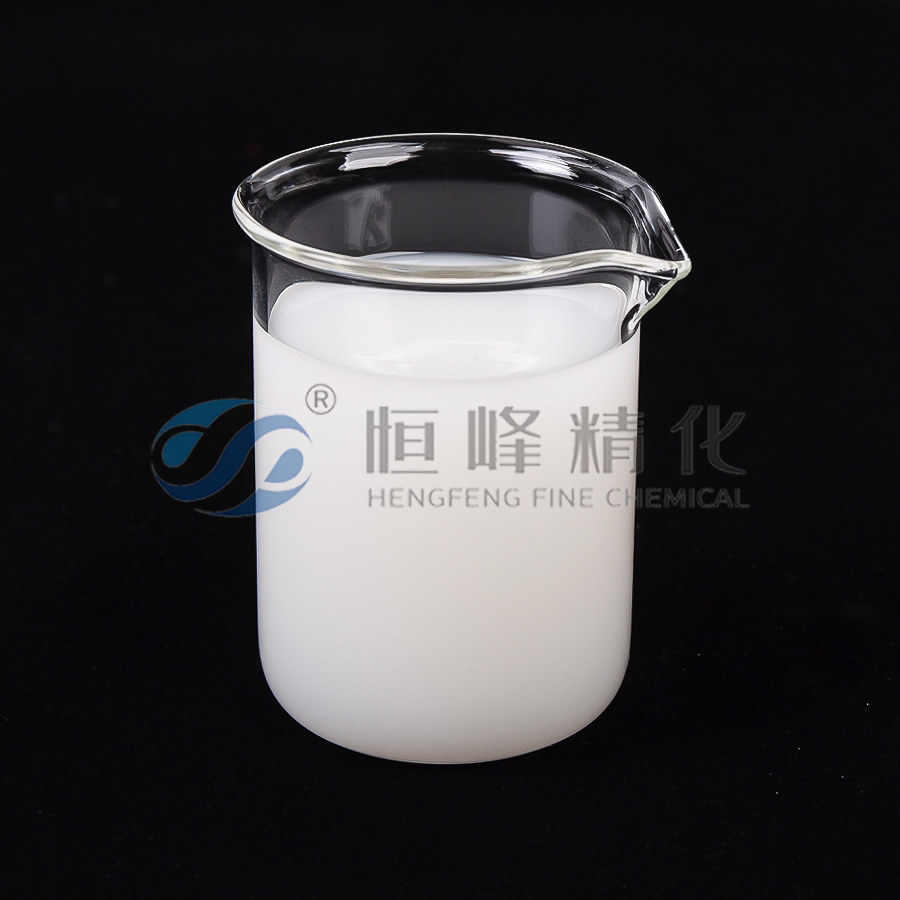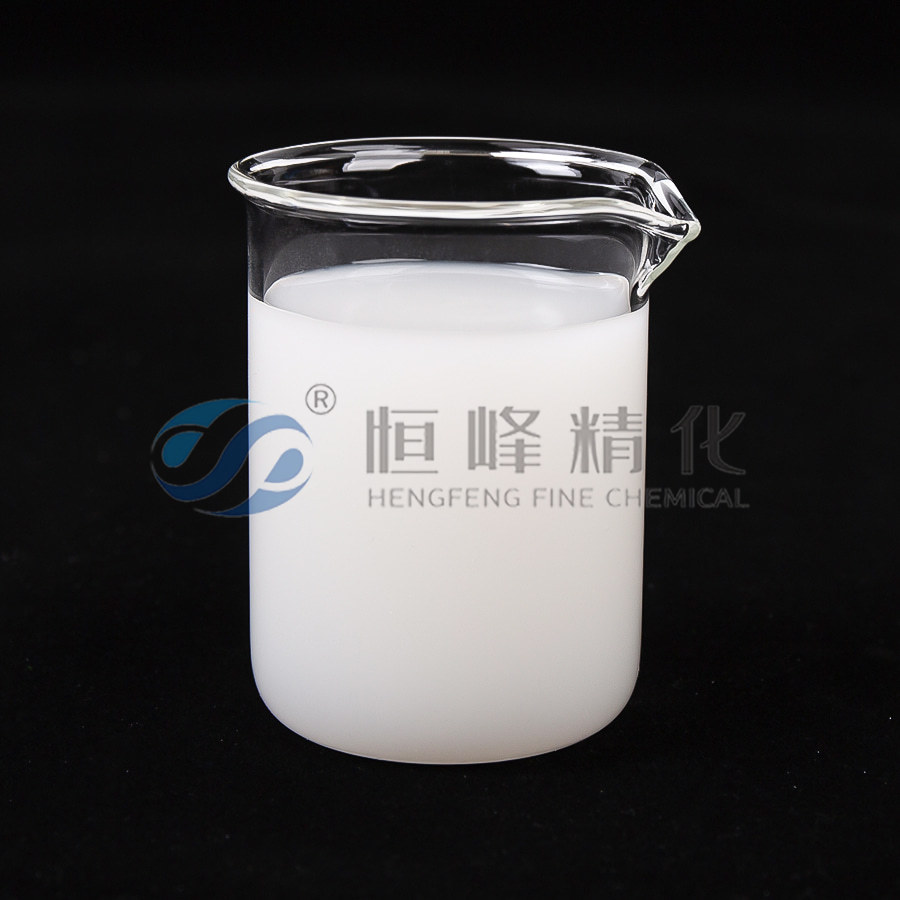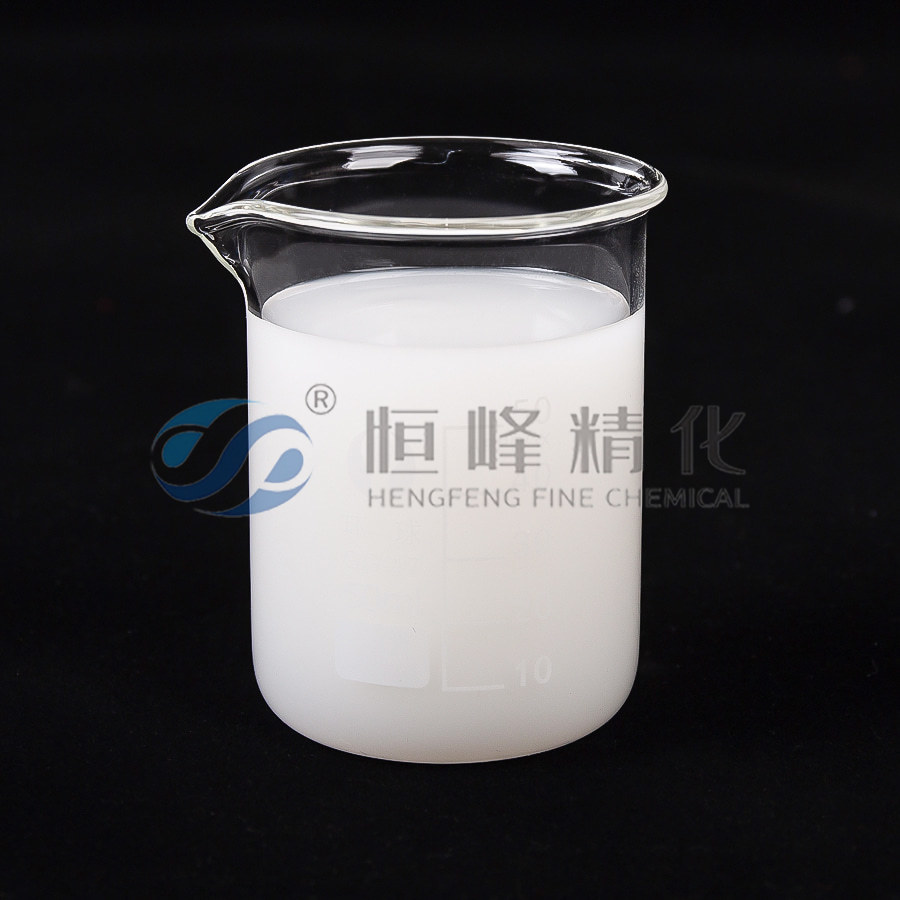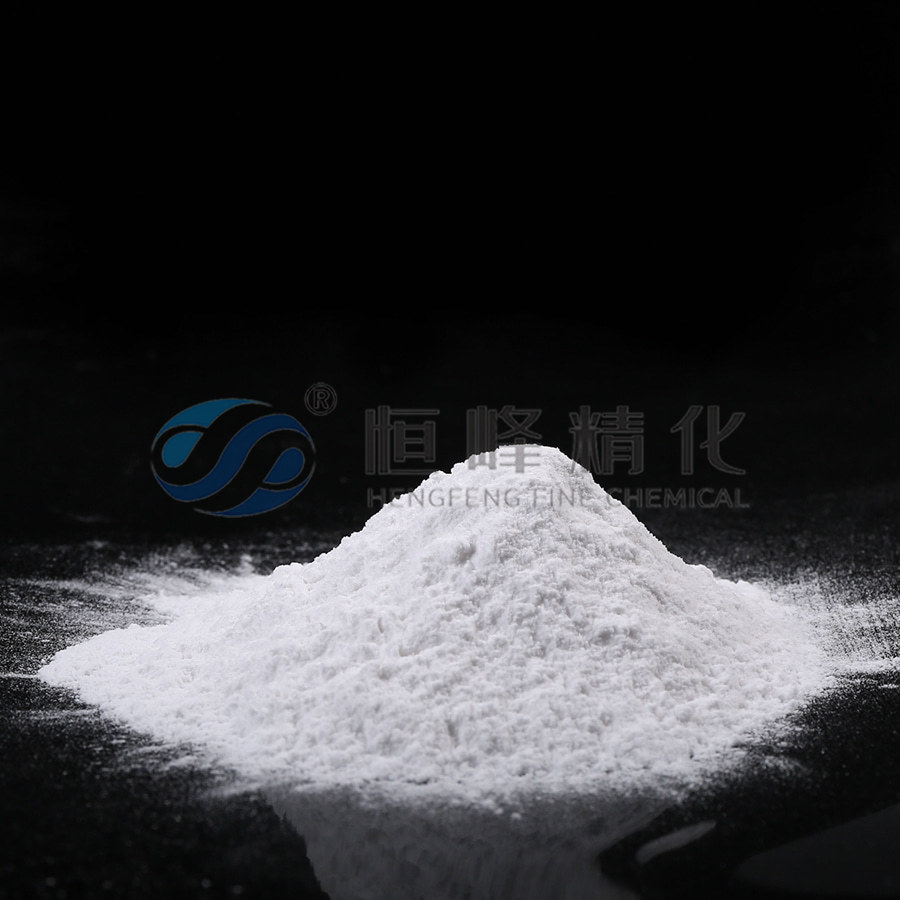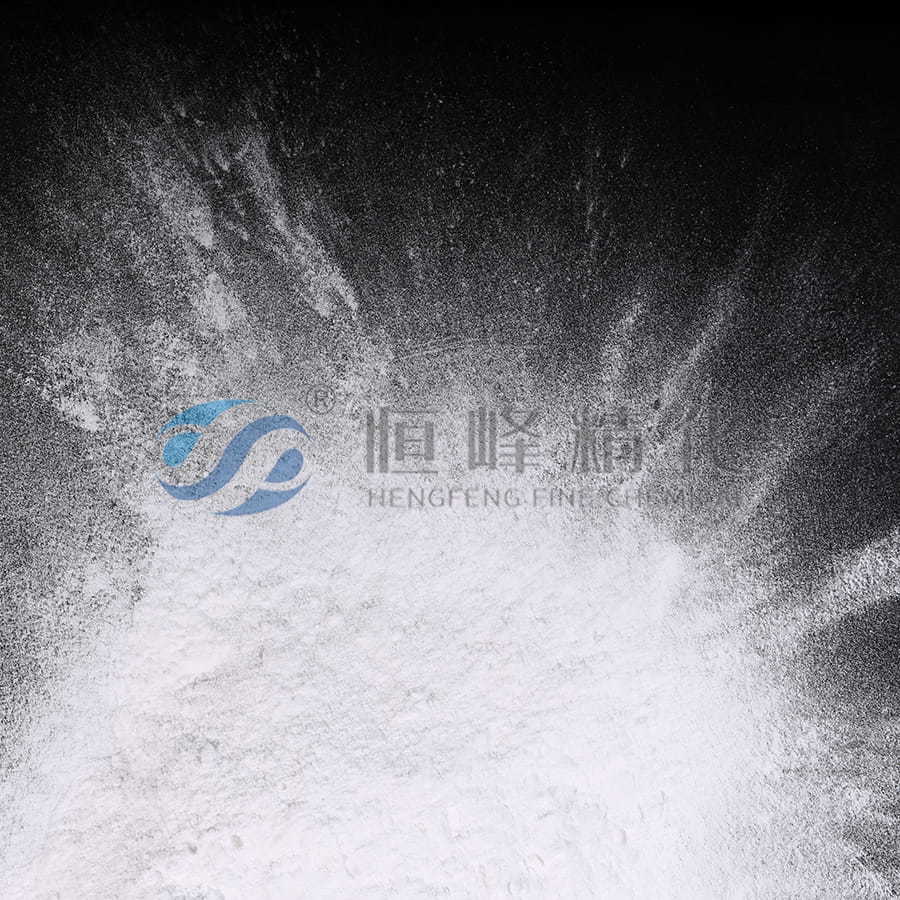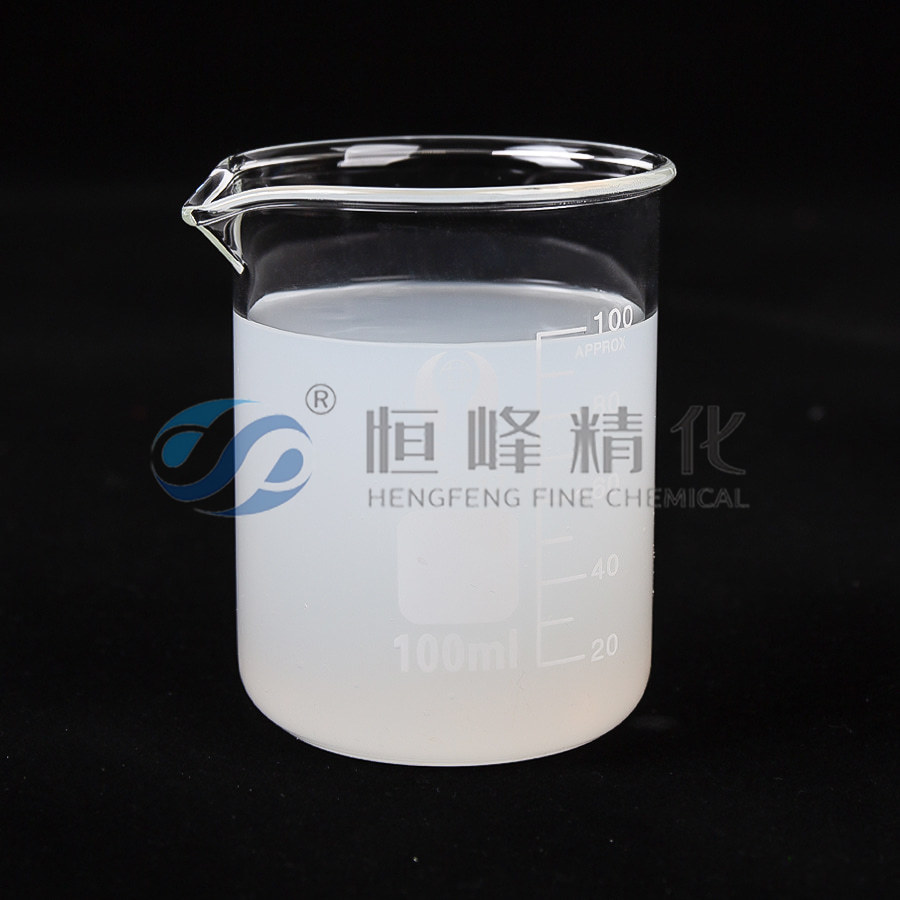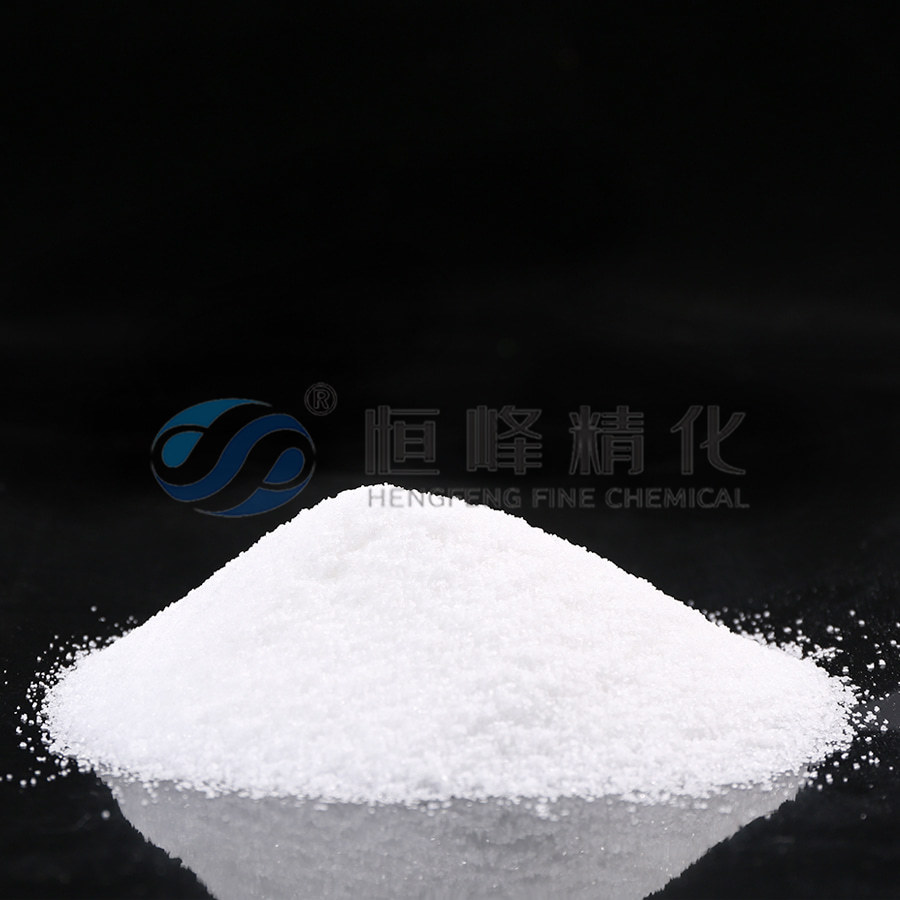Polyacrylamidefactory Insights on Fracturing Fluid Chemicals
Fracturing Fluid Chemical is a mixture of water, chemicals, and sand that is pumped under high pressure into underground shale formations to release trapped oil and natural gas. After this' treatment ', some of the liquid in the well will flow back to the surface, usually absorbing chemicals naturally present in the shale. Usually, fracturing fluid contains several main components, including water, proppants (usually sand or ceramic particles), friction agents, biocides, corrosion inhibitors, and thickeners.
Water is the main carrier liquid, while proppants are suspended in the liquid to keep the cracks open during the extraction process. Friction agents, usually based on polyacrylamide, help reduce the resistance encountered when injecting liquids, making the process smoother and more efficient. Biocides are used to prevent bacterial growth, while corrosion inhibitors protect oil well infrastructure from damage. Thickening agents, such as guar gum or other polysaccharides, help increase the viscosity of liquids for better transportation of proppants.
Some chemicals contained in fracturing fluid may pose risks to the environment and health. The two common harmful chemicals are surfactants and acids. Surfactants are used to reduce surface tension and improve liquid flow, while acids are used to dissolve minerals and other substances, helping to decompose formations. Although both chemicals have significant benefits, if not managed properly, they may also pose a threat to the surrounding environment.
The safety of hydraulic fracturing has always been a topic of much discussion. In recent years, there has been extensive research on the combination of natural polymer flocculants and inorganic polymer flocculants in the field of coal slurry water treatment. Among them, the combination of soluble starch and flocculants has shown good stability and environmental friendliness. In the study, the combination of starch solution and phenolic components in coal showed good flocculation effect, while the combination of flocculant solution and minerals in coal showed good flocculation effect. Therefore, compounding the two types of solutions can enhance the activity of coagulants and maximize their permeability to the microstructure of coal.
Five new composite fracturing fluids were prepared by adding different coagulants to starch solution. The changes in functional group structure and pore structure of coal under the action of different clean fracturing fluids were studied through infrared spectroscopy, low-temperature nitrogen adsorption, and methane isothermal adsorption experiments. The influence of microstructure on methane permeability and methane adsorption performance was analyzed, and an efficient, environmentally friendly, and safe fracturing fluid was selected. The research results can minimize environmental pollution, alleviate gas outburst problems during coal mining, improve the safety of coal mining and the efficiency of coalbed methane mining.
Reliable fracturing fluid chemical suppliers play a crucial role in ensuring the safety, efficiency, and environmental responsibility of hydraulic fracturing operations. For more reliable chemical solutions, please visit www.polyacrylamidefactory.com.


 English
English Español
Español عربى
عربى Русский
Русский Tiếng Việt
Tiếng Việt




